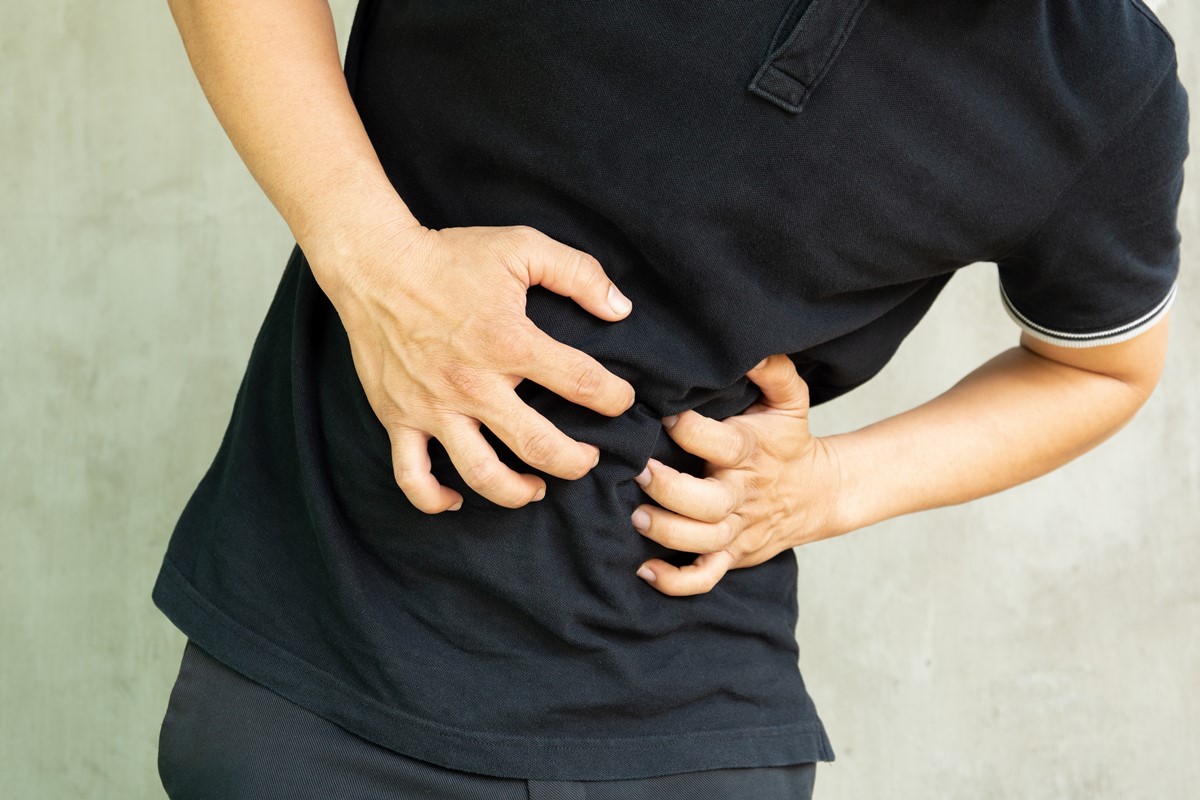
Both surgeries have the risks of general anesthesia. The doctor uses the scope to look for stones in the duct and remove them. Blood clots or pneumonia related to the longer recovery period after open surgery. After surgery, sometimes, a little portion of the gallbladder is left behind. Other problems after gallbladder removal years later that might occur, include the presence of gallbladder remnants. This involves putting a tube called an endoscope down your throat to your small intestine. Studies have shown that these symptoms might occur in 40 of people who have gone through gallbladder removal surgery. If gallstones are found in the common bile duct before or during surgery to remove the gallbladder, a doctor may do a procedure called an ERCP (endoscopic retrograde cholangiopancreatogram). In most cases, the diarrhea stops soon after the surgery. Studies have found that up to 20 of people undergoing gallbladder surgery develop diarrhea. The hospital stay is longer with open surgery. It's not clear how many people develop the frequent loose, watery stools that characterize diarrhea after surgery to remove their gallbladders (cholecystectomy). Open surgery may be done if laparoscopic surgery is not an option or when problems are found during laparoscopic surgery.

Open gallbladder surgery involves taking the gallbladder out through one larger incision in your belly.

People who have it usually recover enough in 7 to 10 days to go back to work or to their normal routine. The doctor inserts a lighted viewing instrument called a laparoscope and surgical tools into your belly through several small cuts. Laparoscopic gallbladder surgery is the most common surgery done to remove the gallbladder.


 0 kommentar(er)
0 kommentar(er)
